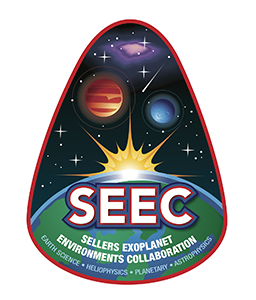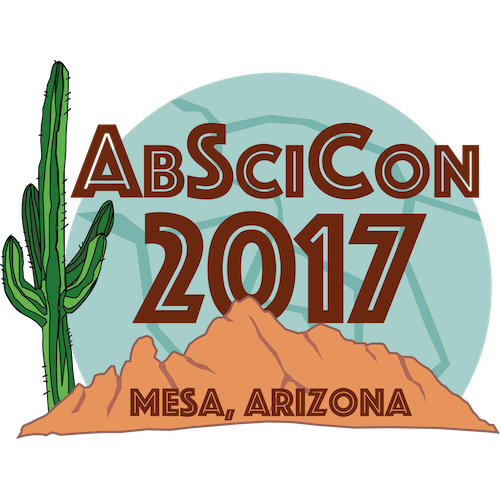The Ribosome: Structure, Function & Evolution
When: April 1, 2011 5:30AM PDT
The 2011 Suddath Symposium on the Ribosome at Georgia Tech brings together researchers who are exploring various aspects of ribosome structure and function. The ribosome is a molecular machine that is responsible for protein synthesis in all living cells. This indispensable component of life, which contains both RNA and proteins, can be viewed as a molecular fossil. That is, the comparison of ribosomal RNA and proteins from distantly related organisms suggests that the origins and evolution of protein synthesis remain imprinted in present day ribosomes, providing a “rewindable” molecular recording of early evolution that appears to go all the way back to the origin of life. Because the ribosome is central to the biochemistry of all life, it is a major target for drug development. For example, the mode of action of many antibiotics is to inhibit translation or cause bacterial ribosome to make mistakes during protein synthesis. Due to differences between bacterial and eukaryotic ribosomes, the result of billions of years of divergent evolution, drugs can be highly effective against bacterial ribosomes without causing appreciable side effects in human cells. Thus, studies of ribosome structure, function and evolution have scientific implications ranging from understanding the origin and early evolution of life to the development of novel pharmaceuticals.
Program
Symposium begins at 8:30AM Eastern Daylight Time on April 1st, 2011. If you miss a presentation, links to recordings will be posted on the program page.
Click here to view the Program.
 Environments of Terrestrial Planets Under the Young Sun: Seeds of Biomolecules
Environments of Terrestrial Planets Under the Young Sun: Seeds of Biomolecules 2018 Georgia Tech Astrobiology Colloquium
2018 Georgia Tech Astrobiology Colloquium Habitable Worlds 2017
Habitable Worlds 2017 AbSciCon 2017
AbSciCon 2017